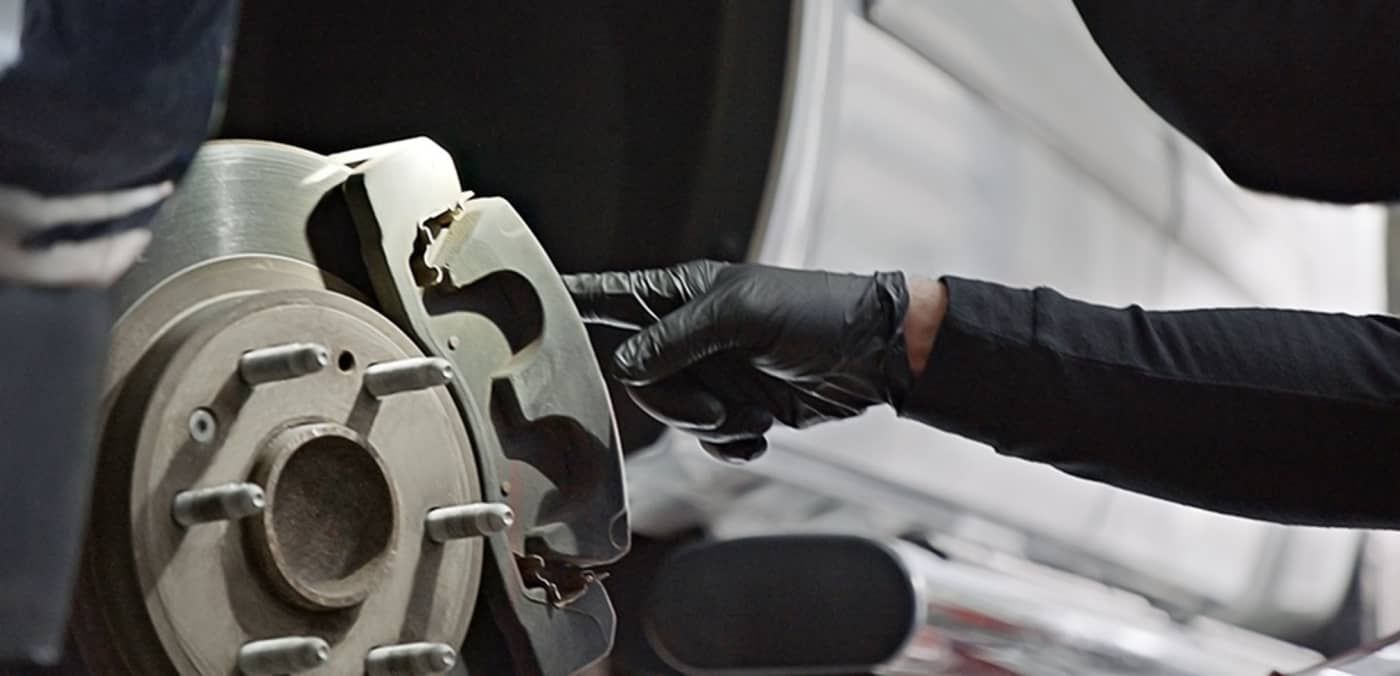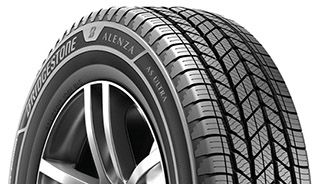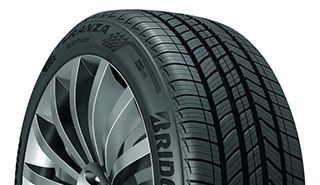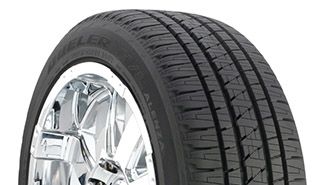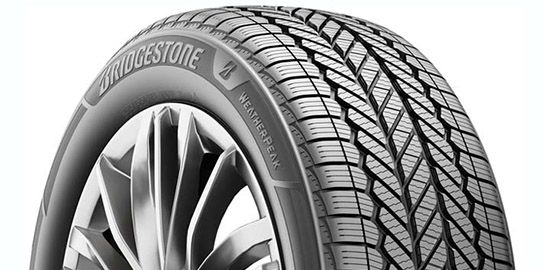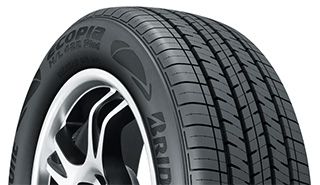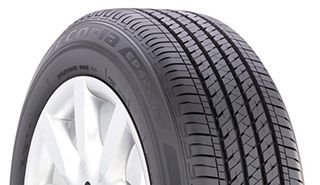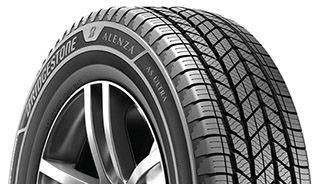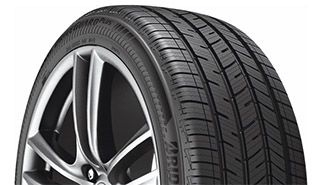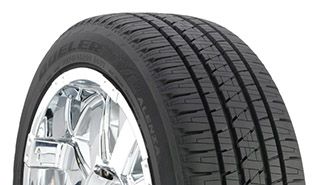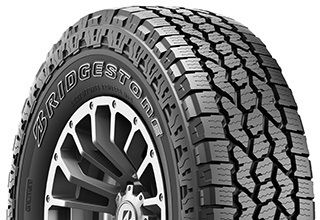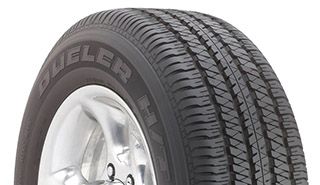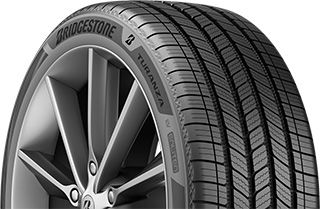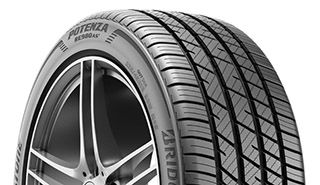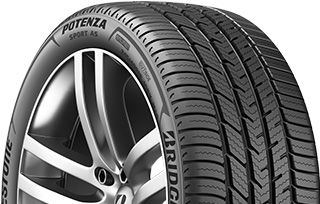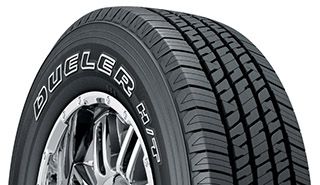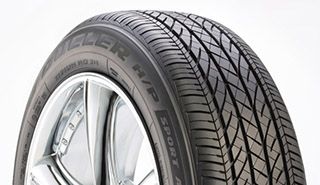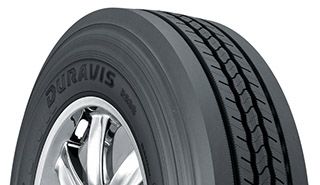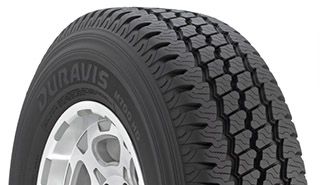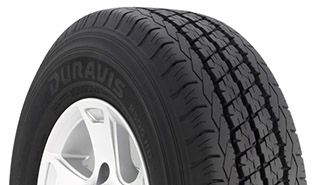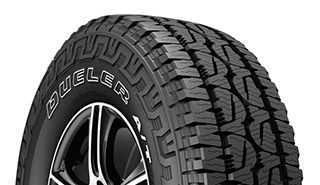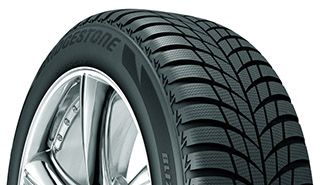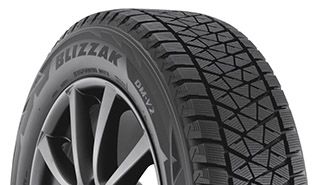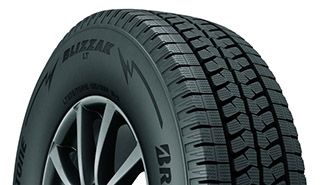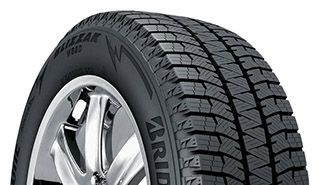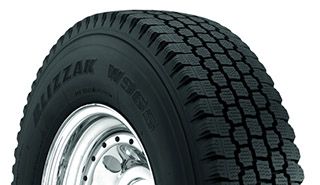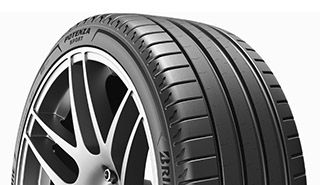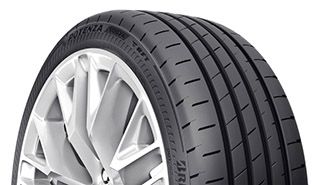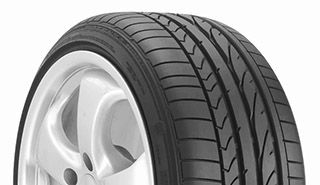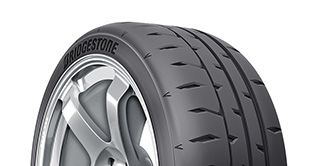Making sure your brakes are in proper working condition, and replacing worn parts like pads and shoes when the time is right, won’t just save you money in the long run. It can also potentially save your vehicle, or even your life in an accident. But how do you know when to replace your brakes' pads or shoes? What are they for? Let’s take a closer look at the how, what, and why of replacing brake pads and/or shoes on your vehicle.
WHAT ARE BRAKE PADS? WHAT ARE BRAKE SHOES?
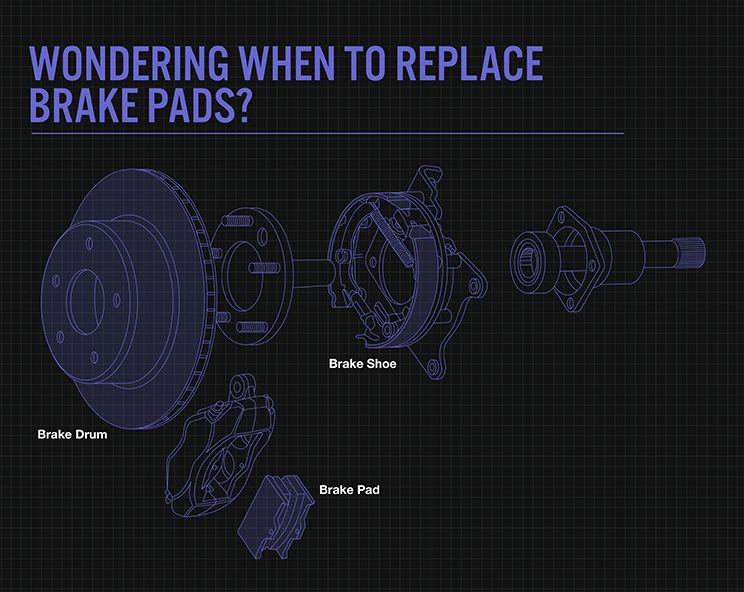
Auto manufacturers install two types of brakes on passenger vehicles: disc brakes and drum brakes. Both use friction to slow your vehicle, but there are differences too.
Disc brakes use “pads” of specially engineered pieces of friction material made of organic, metallic or ceramic substances pressed against a rotor or “disc” when the driver steps on the brakes. The resulting friction slows the vehicle. Disc brakes are found on the front axles of all modern passenger vehicles and on the rear axle of many, too.
Drum brakes also use friction material, much like disc brake pads, but it is affixed to half-moon shaped “shoes” pressed against the inside of a drum when you step on the brakes. Their friction against the drum slows the vehicle. Drum brakes used to be common on all four wheel positions, but on modern cars and light trucks, they’re only installed on the rear axle.
Whether pads or shoes, both wear down with use, so it’s important to monitor their condition by having them inspected regularly. If allowed to wear out before being replaced, other components of the brake system may be damaged – especially the brake discs or drums. In addition to often costly repairs, driving with worn brake pads or shoes can result in unsafe driving conditions.
WHAT HAPPENS WHEN BRAKE PADS/SHOES WEAR OUT?
Every time you engage your vehicle’s brakes, a small amount of friction material is worn off the pads and/or shoes. Over time, the friction material will become thinner. If the pads or shoes are not replaced, the friction material will be worn off entirely, exposing the steel pieces that held the material. When these steel pieces come into contact with the discs or drums, excessively long braking distances and damage to the discs and drums will result. Look for these signs to know when to replace brake pads or shoes:
1. SQUEALING OR SCREECHING NOISES
If a vehicle’s brake pads have wear indicators, a driver may notice a squealing, screeching or whining noise when the brakes are engaged. This sound is caused by a small metal attachment on the brake pad backing plate for just this purpose. Wear indicators work on the same principle as dragging fingernails across a chalkboard. When you hear it regularly while braking, it’s time to bring your car in to a brake specialist for an inspection. Note that not all brake pads come with this feature, so don’t rely on sound alone to assess your brakes’ condition.
When brakes are exposed to wet, damp conditions, such as after a rain storm, pads may exhibit a very similar screeching sound while braking. If a sound disappears after the first few times you use your brakes, that’s a good indicator that it was just a bit of moisture on the brake pads or shoes and not a sign they need to be replaced.
2. LESS THAN A QUARTER INCH OF BRAKE PAD
On disc brakes, you can also visually inspect your brake pads to know if it’s time to have them replaced, though it may require you to remove the wheels to do this. Looking down on the brake assembly or “caliper” holding the brake pads, you should see your brake pads compressed against your brake rotor. If the friction material on the pad or shoe is less than ¼ inch thick (about seven millimeters), consider having your brakes inspected, especially if it’s been a long time since your last inspection.
3. DEEP METALLIC GRINDING AND GROWLING
If you hear a deep, low noise that sounds like metal grinding or a rumbling growl, that can be a sign that not only are your brake pads worn away, but also your brake pads or shoes’ backing plates are making contact with the discs or drums. Since this metal on metal contact can very quickly cause even further damage in your braking system, bring your vehicle in to a service shop as soon as possible if you hear this type of noise.
4. INDICATOR LIGHTS
Some vehicles have an indicator light on the dashboard that will signal when it’s time to replace the brake pads. Check your owner’s manual to see if your vehicle comes equipped with the low-pad warning system. Remember that if the light does come on, you’ll need to have your mechanic replace the warning sensors as well as the brake pads.
HOW LONG DO BRAKE PADS AND SHOES LAST?
The real answer to how long brake pads and shoes can last will vary from vehicle to vehicle and from driver to driver. For example, if you tend to drive the most often in urban areas or in heavy commuter traffic, you’ll be engaging your brakes a lot more frequently than someone who drives in rural locations or on highways. Some people also tend to “ride the brake,” meaning they press and depress their brakes more habitually than other drivers, causing the brake pads to wear away more quickly. Brake pads and shoes are generally thought to be good between 30,000-35,000 miles in urban use. In less demanding situations like highway driving in light traffic, brakes may last 80,000 miles or more.
With a little attention and forethought, it can be easy to know when to replace brake pads and/or shoes on your vehicle.



